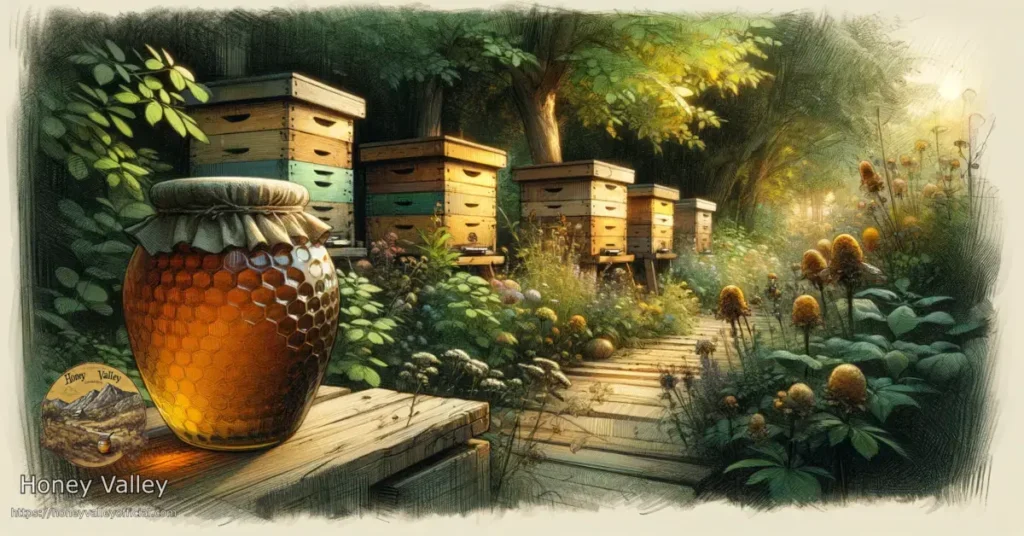When it comes to beekeeping, choosing the right materials for your beehives is crucial. One of the most important decisions you’ll need to make is selecting the type of wood for your beehives. The choice of wood can impact the longevity, durability, and overall health of your bee colonies. In this article, we will explore the preferred wood options for beehives and discuss their advantages.
1. Cedar Wood
Cedar wood is a popular choice among beekeepers for several reasons. Firstly, it has natural properties that make it resistant to decay, rot, and insect infestations. This is particularly important as beehives are exposed to various weather conditions and pests.
Secondly, cedar wood has a pleasant aroma that repels some insects, including moths and ants, which can be harmful to bee colonies. This natural repellent quality helps to protect the hive and maintain a healthy environment for the bees.
Lastly, cedar wood is known for its excellent insulation properties. It helps regulate the temperature inside the hive, keeping it cooler in the summer and warmer in the winter. This insulation is crucial for the well-being of the bees, as it helps them maintain the optimal temperature for brood rearing and honey production.
2. Pine Wood
Pine wood is another popular choice for beehives due to its affordability and availability. It is a lightweight and easy-to-work-with wood, making it suitable for both hobbyist and commercial beekeepers.
While pine wood may not have the natural resistance to decay and insects like cedar, it can still be a durable option if properly treated. Many beekeepers choose to paint or seal their pine hives with non-toxic finishes to enhance their longevity and protect them from the elements.
It’s important to note that some beekeepers prefer using untreated pine wood for their beehives, as they believe it provides a more natural and chemical-free environment for the bees. However, this approach requires regular maintenance and monitoring to ensure the hives remain in good condition.
3. Redwood
Redwood is a premium wood choice for beehives, known for its durability and resistance to decay. It has natural oils and tannins that make it resistant to rot, insects, and fungal growth.
One of the unique properties of redwood is its stability. It has a low shrinkage and swelling rate, which means it maintains its shape and size even in fluctuating weather conditions. This stability is beneficial for the structural integrity of the hive and helps prevent any gaps or cracks that could compromise the hive’s insulation.
While redwood may be more expensive than other wood options, its longevity and resistance to decay make it a worthwhile investment for serious beekeepers.
4. Other Wood Options
While cedar, pine, and redwood are the most commonly used woods for beehives, there are other options available as well. Some beekeepers may choose to use hardwoods like oak or cypress, which offer their own unique properties and characteristics.
It’s important to consider the local climate, availability of wood, and personal preferences when selecting the wood for your beehives. Consulting with experienced beekeepers or local suppliers can provide valuable insights and recommendations for your specific region.
Learn how to build a beehive for absolute beginners
if you want to be expert at woodworking for making beehives I highly recommend this article for you
Conclusion
Choosing the right wood for your beehives is an important decision that can impact the health and longevity of your bee colonies. Cedar, pine, and redwood are popular options due to their natural resistance to decay, insects, and weather conditions. Each wood has its own unique properties and advantages, so it’s essential to consider factors such as budget, availability, and personal preferences when making your choice. By selecting the preferred wood for your beehives, you can create a safe and comfortable environment for your bees, ensuring their well-being and productivity.

